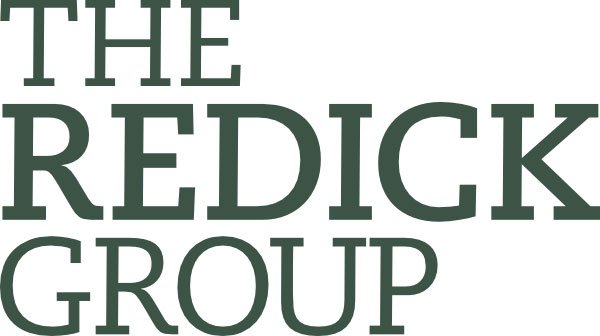Is your organization turning a blind eye to today’s most useful corporate communications vehicles?
In a world driven by complex content strategy that sells today’s products and services, it’s alarming how many companies aren’t investing the same energy into the profiles of their employees.
Board and senior team members have incomplete, untended, and potentially problematic executive bios, LinkedIn profiles, and other “visible to anyone with an internet connection” stories that don’t harmonize with corporate goals. Through no fault of anyone’s except neglect, those important dossiers are tuned to each person’s individual needs.
What if you could develop strategies and stories that serve the needs of the organization and the individual?
Instead of fearing that your top talent will be poached through their LinkedIn profile, embrace LinkedIn as a tool for business. Create a harmonious set of profiles that work collectively as a set of stories that align with your organizational objectives and adhere to your social media policies.
Fearing unknowns and overlooking opportunities isn’t a best practice in any other scenario, so it’s time to embrace the beast and start benefiting from the right set of corporate communications strategies and tools.
Case study: LinkedIn strategy and copy
By way of demonstration, consider an enterprise sales executive client of mine, who is also a friend. Recently, she rang my cell and nearly screamed into the phone: “Jared, you can’t believe who I just hung up with!”
Turns out, the CEO of one of the world’s most recognizable companies had called to thank my client for taking such good care of the company’s employees, adding: “And do you know why we hired you? Your LinkedIn profile. We felt like we would be taken care of, not just sold to.”
We’d written my friend and client’s LinkedIn profile as a business tool rather than an online résumé. Because if you hear me speak about business for more than five minutes, you’ll probably hear me say, “LinkedIn is not your online résumé.”
LinkedIn is just one of the underutilized content tools companies can use to demonstrate the credibility of their senior teams—and in a big way. Think of it like a business card on steroids. Also, in an increasingly social world, LinkedIn is helping people control and underscore their corporate stories, and yes, even close deals. Because just a month earlier, my friend had also called me to say she’d not only opened up her company’s business in hard-to-reach technology companies, but closed several hundred thousand dollars in new deals as a result.
Yes. LinkedIn helped her close several hundred thousand dollars in deals.
And that’s why I believe companies need to stop ignoring or being afraid of LinkedIn, or looking at is as a solo event, left to their individual employees to use as they like.
What if they had guidance?
That’s what my work with companies is all about right now. Beginning with strategy, creating a cohesive story, helping to develop customized best practices and content ideas, and more.
With LinkedIn, the cat is out of the bag. As a former recruiter, I can say that retained search firms like Korn Ferry, Heidrick & Struggles, and Spencer Stuart will find you or your employees and there’s nothing to be done about it. LinkedIn just makes easier what was once harder. The sooner you embrace that concept and start using LinkedIn to amplify business instead of fearing it, the sooner you can start enjoying the benefits of a cohesive approach for your executive team.
In all cases, and like all public-facing materials, you and your team need a unified strategy that strikes the right tone and presents the right balance of credibility, without being overtly sales-oriented.
Is this strategy just for Fortune 500 companies?
No. Similar principles can be applied across start-up and boutique firms as well as the most competitive Fortune 500 company. Whether the story represents a single founder, and perhaps her small team, or a fleet of senior leaders in 30 locations across the globe, the strategy is very similar—and in some cases, even more critical

